Ladakh has always been a panacea for travellers. We too wanted to have the taste of trans-Himalayan adventure, get the feel of the cold desert and wander round the mighty monasteries. Having heard much and seen a lot of google images, the blue waters of the Pangong seemed to beckon us; the monasteries called us with all its splendour and mystery. So when during July 2013, we planned for the Amarnath Yatra, we decided to give Kashmir Valley a miss, and foray into the mighty Ladakh. And the best way to enter Leh is by the Srinagar-Leh Highway.
After completion of our Amarnath Yatra, we were at Baltal at around 2 PM. There was some disturbance at Jammu and so number of vehicles was few. Military vans were in abundance. After a frantic search, we found a cab which agreed to take us only till Kargil. Having no other option, we decided to go to Kargil itself. Thus our journey towards Leh started.
We were tired after a long walk, and the meandering traffic irritated us. But as we entered the National Highway, the breathtaking sceneries lifted our mood. Baltal is a valley between four hills and the lush green sceneries refreshed us.
The Zoji La on Srinagar-Leh Highway – Gateway to Ladakh:
As we ascended towards the Zoji La (13000 ft above sea level), the scenery gradually started changing from green to brown. The roads were muddy, full of gravel, there were sharp turns and precarious edges with terrible road conditions. Zoji La is considered to be one of the most treacherous Passes to cross and we could very well understand why. Thus began our first trans-Himalayan road journey over high passes and between snow-capped mountains. The Zoji La is opened for traffic only between June and September, but locals cross this pass on foot around the year. Recently, a 6 Km long tunnel is being constructed across the pass for allowing round the year traffic.
On descending the Zoji La, the roads got better and we soon crossed the Gumri Check Post heading towards Drass. As we were nearing Drass, we could see abandoned hideouts bearing the marks of wartime memories. Our driver readily shared the anecdotes of his wartime experiences. Soon we were near the historic Tiger Hill. We could not but feel proud of our soldiers who had fought in such unfriendly and unforgiving lands. We soon reached Drass which is the second coldest uninhabited place in the world after Siberia. In winters, the temperature reaches as low as minus 60 degrees Celsius here. After crossing Drass, the valley becomes narrower and we could see patches of cultivation here and there. We have truly reached a cold desert area. Crossing Drass, we reached a stretch with a mountain rising next to the road and a valley at the side. We found a signpost that said: “CAUTION: You are under enemy surveillance.” Minutes later we encountered another signpost with the message that we were out of the enemy zone. Our driver informed us that Pakistani armies had camped over those mountains during the war time. En route, we had a glimpse of Kargil war memorial, which reminded us of the unpleasant situations and the futility of a war….
We were passing through small villages, where in one we were stopped by some children with a smile in their faces and apricots in their hands! Our driver promptly informed us that the village is called ‘Khubani’ (meaning Apricot) village and is famous for its apricots. We could indeed see a lot of apricot trees in the village. We bought apricots from the kids and the rest of our journey towards Kargil was done with apricots in our mouth which tasted wonderful.
We reached Kargil around 8 PM and our journey for the day ended here. We bid adieu to our driver at this point. He had already become very emotional. We exchanged telephone numbers and he even invited us to his house in Srinagar! Thus our first day of travel ended in a sweet anticipation of what was in hold for us the next day.
Journey towards Leh:
We woke up the next morning with a spring in our step and alacrity in our heart. We started from Kargil at around 6:30 AM. Kargil is a small town situated in the Suru Valley. The Suru River flows through Kargil. It meets the Indus River at Marul.
After crossing the Suru, the road goes through a sandy plateau followed by another valley. The road also plunges into the valleys and ridges of the Zanskar Range. After about 40 km we reached the sleepy town of Mulbek. Mulbek is famous for Mulbek Monastery which has a magnificent statue of The Maitreya (The Future Buddha). Mulbek thus marks the change of landscape as well as religion and culture from Kargil.
We progressed further to Namik La (12,200 Ft) and then towards Fotu La (13479 ft) and then. Being atop Fotu La really gives you the feeling of being on top of the world. We could see the mighty Zanskar ranges and the valley beneath. The smooth pitch black endless road was also calling us for continuing our unforgettable journey.
The road to Leh was full of surprises. We were on our way when the Lamayuru Monastery loomed before us. It looked as if straight out of Hollywood movie – a mysterious Shangri La at the backdrop of majestic ranges. The monastery is situated on a mountain side down the Langroo Loops. Lamayuru is the oldest monastery of Ladakh. It as a colourful clay architecture dedicated to Lord Buddha and his incarnations.
As we left the Lamayuru, we followed the Upshi river upto Khalatse and then the Indus. The panoramic view of the mountains awed us. There were as if layers of mountain ranges of yellow, grey, red and green colours. It was all a riot of colours which looked surreal against the backdrop of blue skies.
Suddenly our driver stopped the car saying there was a landslide ahead. He got off the car and came back with the information that some wild goats had been loitering on the cliffs which led to the fall of pebbles on the road. So much for a landslide !!!
We crossed Saspol followed by Basgo where two famous monasteries of Leh Alchi and Likir are located. At the Nimoo village we witnessed the grand confluence of the Zanskar and Indus river. The emerald green waters of Indus took our breath away while the wild and muddy waters of Zanskar left us speechless. After Nimoo, it’s the Indus which accompanies us to Leh.
Next we crossed the Magnetic Hill and then Spituk. Finally we could locate the gate saying “Welcome to Leh”. So we were finally in Leh..!!
The journey was long, treacherous, but the experience was worth it. We witnessed the spectacular beauty of the Himalayas. We crossed the most dangerous pass (Zoji La) as well as drove on one of the best highways (NH-1). We saw the harsh terrains as well as an oasis in the form of small Ladakhi villages. For the first time, we realised that the Himalayas can be muddy and rocky too… Very truly we realised that it is the journey, not the destination, which makes it worthwhile….
Facts:
Route:
Srinagar – Sonmarg – Baltal – Zoji La – Gumri – Drass – Kharbu – Kargil – Mulbek – Fotu La – Namik La –– Lamayuru – Khaltse – Saspol – Nimoo – Spituk – Leh.
Distance covered:
Srinagar – Kargil: 204 Km
Kargil – Leh: 210 Km
Night stay in Kargil / Mulbek is recommended. Or else one can miss out on the sceneries. Also the journey will be quite hectic.
























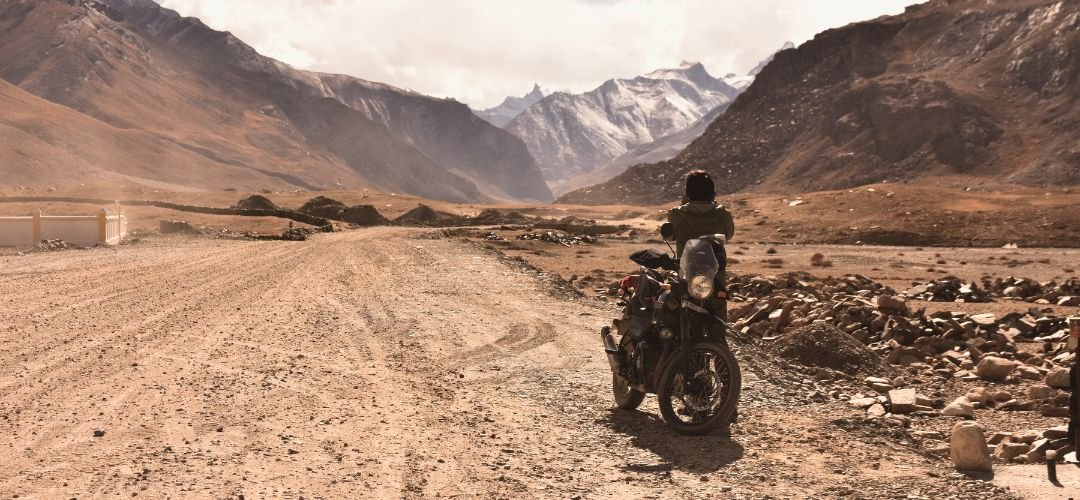
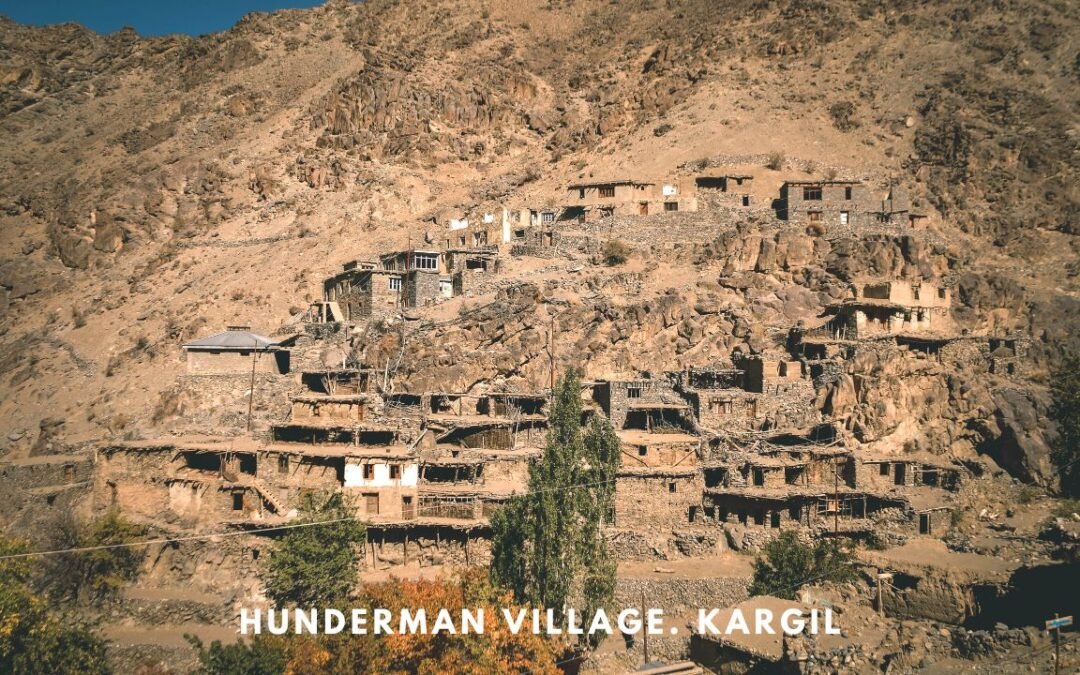
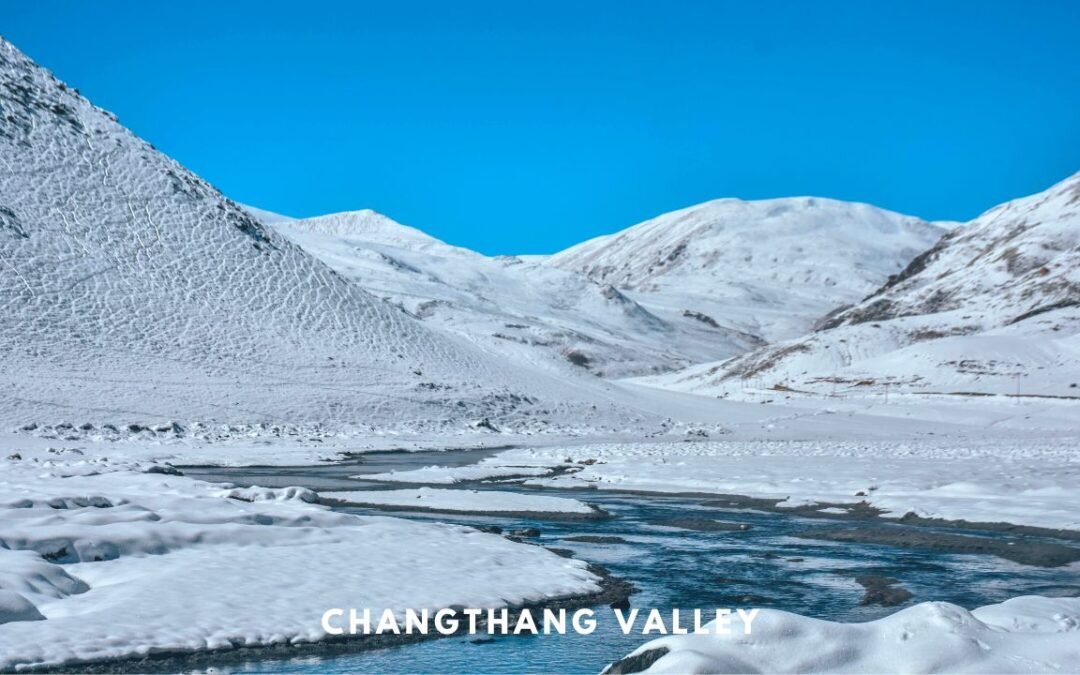
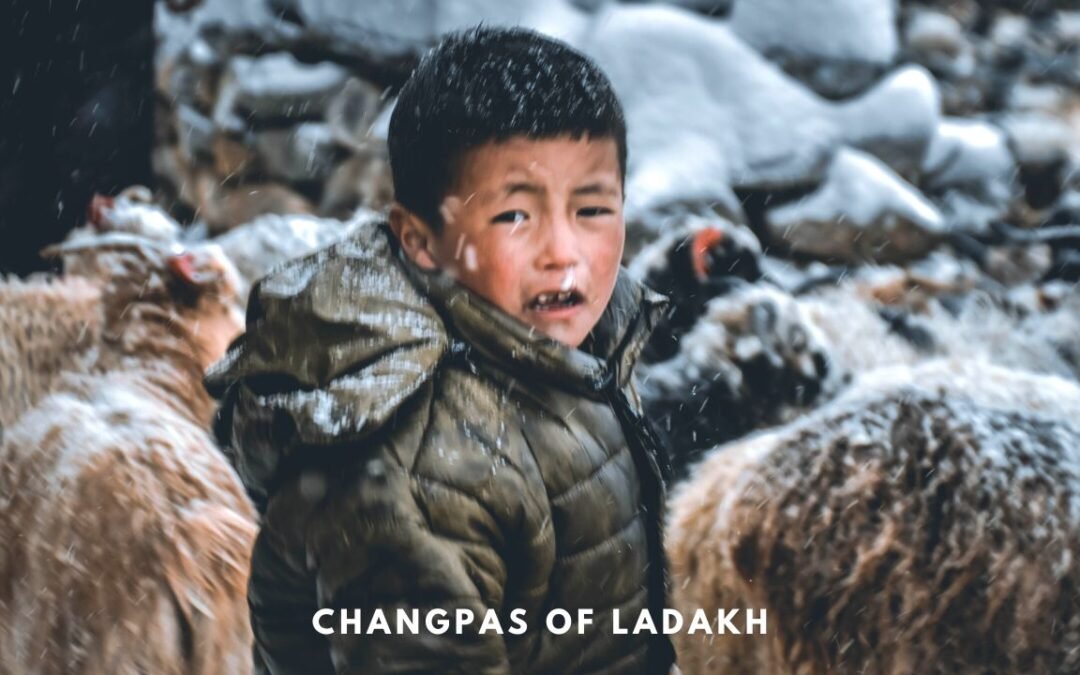


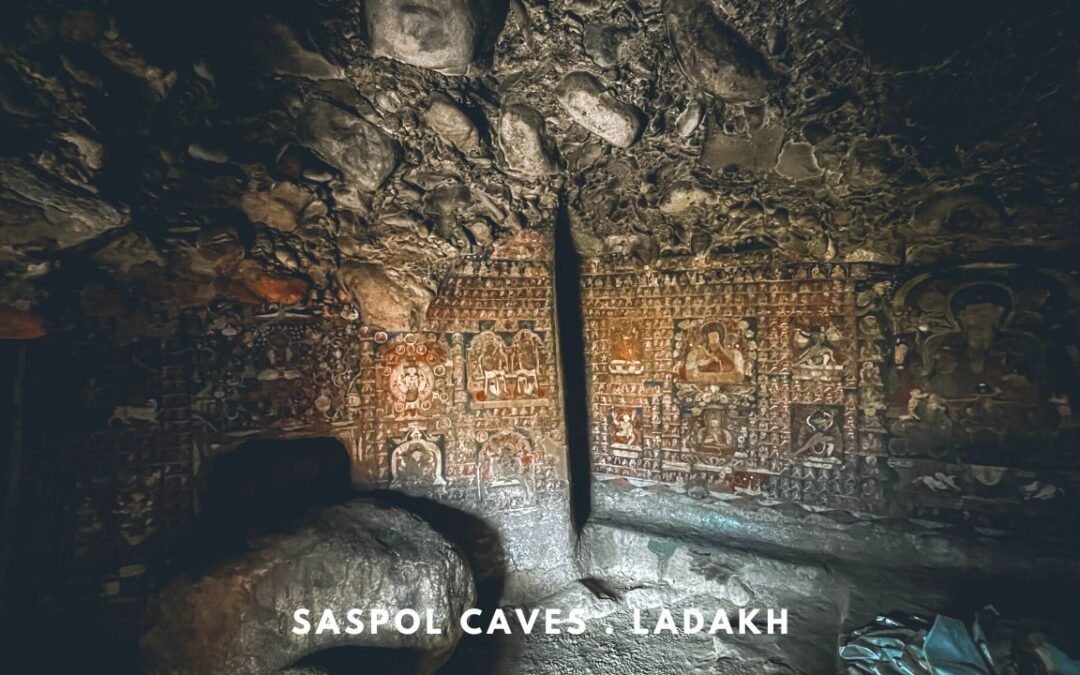

Namik la comes before Fotu La while driving from Kargil towards Leh.
Other things and events are very well presented.
Thank you! Have corrected it.
Normally driver changes from Kargil in all itinerary ? Or was that in your case only ?
Hi Suvam, Thanks for stopping by our blog. No, you can get a single driver from Srinagar to Leh. We did the Ladakh trip after doing Amarnath Yatra and from Baltal, we got a cab only till Kargil and not all the way to Leh.